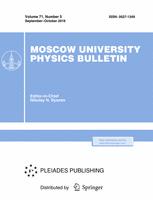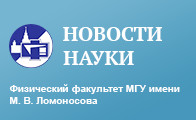Generation of X-ray radiation in a cascade self-amplified spontaneous emission free-electron laser (SASE FEL) using the harmonics of a two-frequency undulator is studied. The advanced phenomenological model of a one-pass FEL that accounts for the main losses in real FELs is presented: the electron energy spread in the beam, the beam divergence, diffraction, and the fact that emission losses are greater at higher harmonics than in the main frequency range. The FEL mathematical model was performed using the Mathematica software and calibrated within the experiment carried out at the operating SPARC facility via complex three-dimensional numerical simulations. The phenomenological model is used to analyze FEL dynamics for generation of a high-energy X-ray emission at a relatively short length. It is proposed to use a two-frequency undulator for the initial electron grouping and subsequent frequency multiplication in a cascade FEL with higher harmonic amplification (HGHG). The advantages of the two-frequency undulator are presented for electron grouping at higher harmonics of the undulator radiation (UR). The operation of several types of FEL is simulated with amplification of the seed laser wave frequency in two and three cascades to generate the soft X-ray radiation. A seed laser with a wavelength of 11.43 nm corresponding to the peak reflectivity of mirror coatings with MoRu/Be is proposed for generating the intensive X-ray laser radiation with λ ~ 1.27–3.37 nm. Here, the intensive radiation power reaches 50 MW at a length of only 35 meters; the radiation shows good temporal coherence corresponding to the performance of a low-power seed laser with a lower frequency.
41.60.Cr Free-electron lasers
41.60.Ap Synchrotron radiation
$^1$Department of General Nuclear Physics, Faculty of physics, Lomonosov Moscow State University



